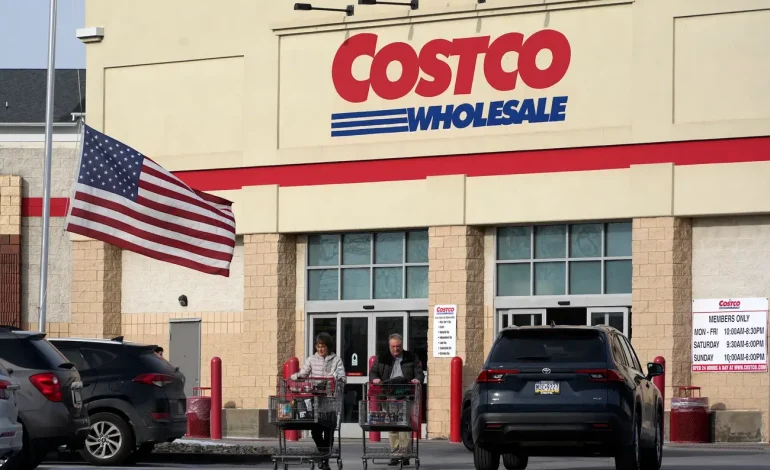Costco has managed to maintain relatively low prices for its customers despite significant inflationary pressures, including rising food costs and new tariffs, Business Insider reports.
Company executives detailed their strategy during the retailer’s third-quarter earnings call, highlighting a combination of proactive sourcing, cost monitoring, and margin adjustments.
As the impact of tariffs became more pronounced earlier this year—particularly following President Donald Trump’s so-called “Liberation Day”—Costco took several steps to limit cost increases for its members. These included accelerating seasonal inventory purchases, increasing reliance on domestically produced goods, and redirecting some imported merchandise to its international stores to avoid US tariff charges.
CEO Ron Vachris explained that the company evaluated each impacted product individually to determine the best response.
“Is it something that we can replace with something domestically here, or is it something that we need to go ahead and move on quickly and bring in prior to any future tariff increases?” he said.
The company also dealt with elevated costs for grocery staples like eggs and butter, which were affected by factors including avian flu outbreaks and broader supply chain disruptions. While many retailers raised prices to offset their own rising costs, Costco took a different approach: absorbing some of the margin impact instead.
CFO Gary Millerchip noted that Costco even reduced prices on certain items during the quarter. Egg prices were cut by 10%, and butter dropped by 7%. Additionally, the company held back on increasing prices for goods that rely heavily on those ingredients, such as its in-store bakery items like croissants.
“In general, we feel margin pressure during times of inflation on these types of ingredients as we keep prices low for our members,” Millerchip said. “And the opposite is often true when prices fall, as we feel the margin relief faster while also being able to lower prices more quickly than our competitors.”
Costco’s ability to maintain competitive pricing is supported by its hands-on monitoring of commodity costs. Vachris said the company tracks pricing “daily, and if not hourly,” especially for key staples. The chain also maintains frequent communication with suppliers in an effort to find cost-saving opportunities and alternative sourcing options.










The latest news in your social feeds
Subscribe to our social media platforms to stay tuned